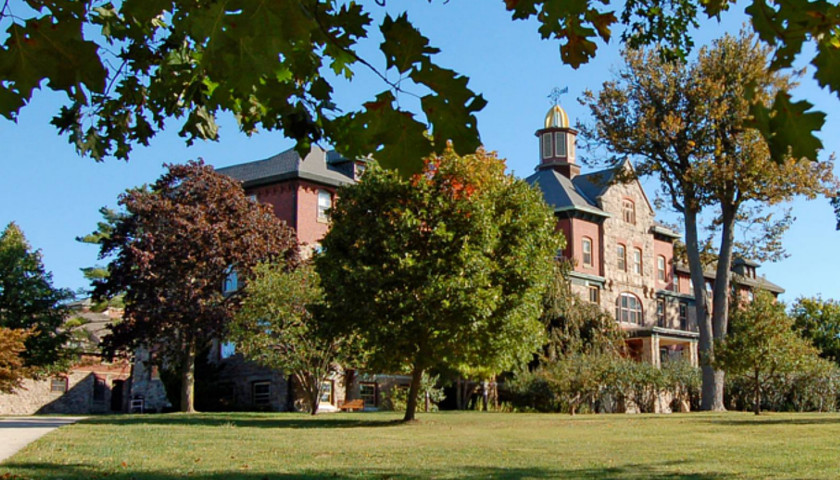A three-year trade school in Pennsylvania has become a shining example of how learning a trade can scoop people out of low-income situations and place them firmly in high-paying careers.
The Williamson College of the Trades in Media, Pennsylvania, is an all-boys, three-year trade school west of Philadelphia. Seated in 220 acres of rolling hills, the school is aimed at helping students from low-income families learn a hands-on trade, while simultaneously making them better men. The trade school focuses on “back row” students — those who are not interested in or cannot afford a typical four-year college.
Students of the all-boy’s school line up in ties and jackets every morning to be inspected before attending chapel. The school also has no-drugs-or-alcohol policy that is strictly enforced, as well as a 10 p.m. curfew. Mustaches and beards are forbidden, and even minor infractions of any of the school’s rules can mean students work with the grounds crew on a Saturday.
Despite — or perhaps because of — its strict guidelines, the school’s success speaks for itself. Students often graduate with jobs with pay as high as $75,000, and 74 percent graduate within three years and 98 percent go on to a job. That compares to similar low-income students, where 61 percent enroll in college, but only 26 percent obtain a bachelor’s degree within six years.
In fact, most children of Williamson graduates are not eligible to attend the school themselves because their family brings in more than the income cutoff for the school.
Williamson, which funds its student’s education through endowments and donations, offers training in six trades: masonry, machinery, carpentry, painting, power plant work, and horticulture. Students attend both hands-on shop classes and academic training, where they learn to read blueprints, do accounting, and write for business. All students also take a speech class.
Alumni include Bill Bonenberger, founder and header of construction company W.B. Homes; John Barnes, Exelon Power’s president; and Tom Goeke, CEO of plastics-processing equipment firm Milacron.
Williamson’s principles echo Battleground State News’ own key principles for education reform.
Williamson’s small dorms and small student-faculty ratio not only provide the family-like intimacy its founder wanted its students to experience, it also opens the opportunity for direct, hands-on instruction.
The school also has a high regard for individual sovereignty. Men are expected to follow the rules, but also mentor and teach each other. Older students often offer younger ones advice on everything from shaving to romantic relationships.
Williamson’s students also exhibit self-regulation and self-reliance by maintaining many aspects of the school grounds. Each trade concentration maintains the correlating aspect of the grounds, with boys in paint shop maintaining the dorms, those learning horticulture planting and pruning the school’s 220 acres, and so on.
By giving these students education in hands-on trades and coupling it with early job fairs, discipline, and subsided education, Williamson ensures that its students can provide for themselves. It focuses not only on trades, but giving its students the tools to become self-reliant, better men.
Despite its unique, perhaps irreplicable, nature, Williamson provides support for a bolstered trade school education system and a look into an alternative to a typical four-year college. Its focus on hard work, hands-on trades, and “back row” students, Williams makes itself a prime example of the good a trade school can do.
Read more about Williamson College of the Trades here.
—
Jordyn Pair is a reporter with Battleground State News and The Michigan Star. Follow her on Twitter at @JordynPair. Email her at [email protected].
Photo “Williamson College of the Trades” by Williamson College of the Trades.




